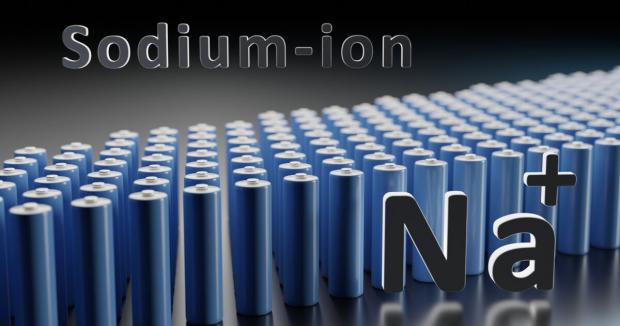
Breaking News
 If High-Income Canadians Are Talking About Groceries, the Economy Is Broken
If High-Income Canadians Are Talking About Groceries, the Economy Is Broken
 Is Oracle a ticking time bomb?
Is Oracle a ticking time bomb?
 JAMMED UP Passengers 'trapped in cars' in middle of road as self-driving Waymo vehicles stal
JAMMED UP Passengers 'trapped in cars' in middle of road as self-driving Waymo vehicles stal
 Quantum Teleportation Achieved Over 79 km of Standard Internet Fiber
Quantum Teleportation Achieved Over 79 km of Standard Internet Fiber
Top Tech News
 Perfect Aircrete, Kitchen Ingredients.
Perfect Aircrete, Kitchen Ingredients.
 Futuristic pixel-raising display lets you feel what's onscreen
Futuristic pixel-raising display lets you feel what's onscreen
 Cutting-Edge Facility Generates Pure Water and Hydrogen Fuel from Seawater for Mere Pennies
Cutting-Edge Facility Generates Pure Water and Hydrogen Fuel from Seawater for Mere Pennies
 This tiny dev board is packed with features for ambitious makers
This tiny dev board is packed with features for ambitious makers
 Scientists Discover Gel to Regrow Tooth Enamel
Scientists Discover Gel to Regrow Tooth Enamel
 Vitamin C and Dandelion Root Killing Cancer Cells -- as Former CDC Director Calls for COVID-19...
Vitamin C and Dandelion Root Killing Cancer Cells -- as Former CDC Director Calls for COVID-19...
 Galactic Brain: US firm plans space-based data centers, power grid to challenge China
Galactic Brain: US firm plans space-based data centers, power grid to challenge China
 A microbial cleanup for glyphosate just earned a patent. Here's why that matters
A microbial cleanup for glyphosate just earned a patent. Here's why that matters
 Japan Breaks Internet Speed Record with 5 Million Times Faster Data Transfer
Japan Breaks Internet Speed Record with 5 Million Times Faster Data Transfer
Argonne National Lab Breakthrough Cathode Innovation for Sodium-Ion Batteries

Johnson's team invented a layered oxide cathode tailored for sodium-ion batteries. This variation on the NMC cathode is a sodium nickel-manganese-iron (NMF) oxide with a layered structure for efficient insertion and extraction of sodium. The absence of cobalt in the cathode formula mitigates cost, scarcity and toxicity concerns associated with that element.
The team's interest in sodium-ion batteries stems from their many advantages. Two are sustainability and cost. Sodium is far more naturally abundant and easily mined than lithium. It is thus a fraction of the cost per kilogram and much less susceptible to price fluctuations or disruptions in the supply chain. ?"Our estimates suggest that a sodium-ion battery would cost one-third less than a lithium-ion one," Johnson said.
Furthermore, besides sodium, the cathode material predominantly contains iron and manganese. Both elements are globally abundant and not on the endangered list.
Another benefit is that sodium-ion batteries can retain their charging capability at below freezing temperatures. This addresses one of the notable drawbacks of existing lithium-ion batteries. Also working in favor of sodium-ion batteries is that the technology for battery management and manufacturing already exists. This is because their design closely resembles that of lithium-ion batteries.
Compared with other sodium-ion technology, however, the team's cathode has much higher energy density, enough to power electric vehicles for a driving range of about 180-200 miles on a single charge.
His team is also working to develop different materials for the two other main components of a battery — the electrolyte and anode — to boost energy density even further.
Sodium-ion batteries have another possible application besides transportation. In particular, they are well suited to the storage of renewable energy for use in an electric grid, where battery weight is less of an issue and low-temperature operation a plus. Batteries for grids are a fast-growing market for batteries.

 Advanced Propulsion Resources Part 1 of 2
Advanced Propulsion Resources Part 1 of 2

